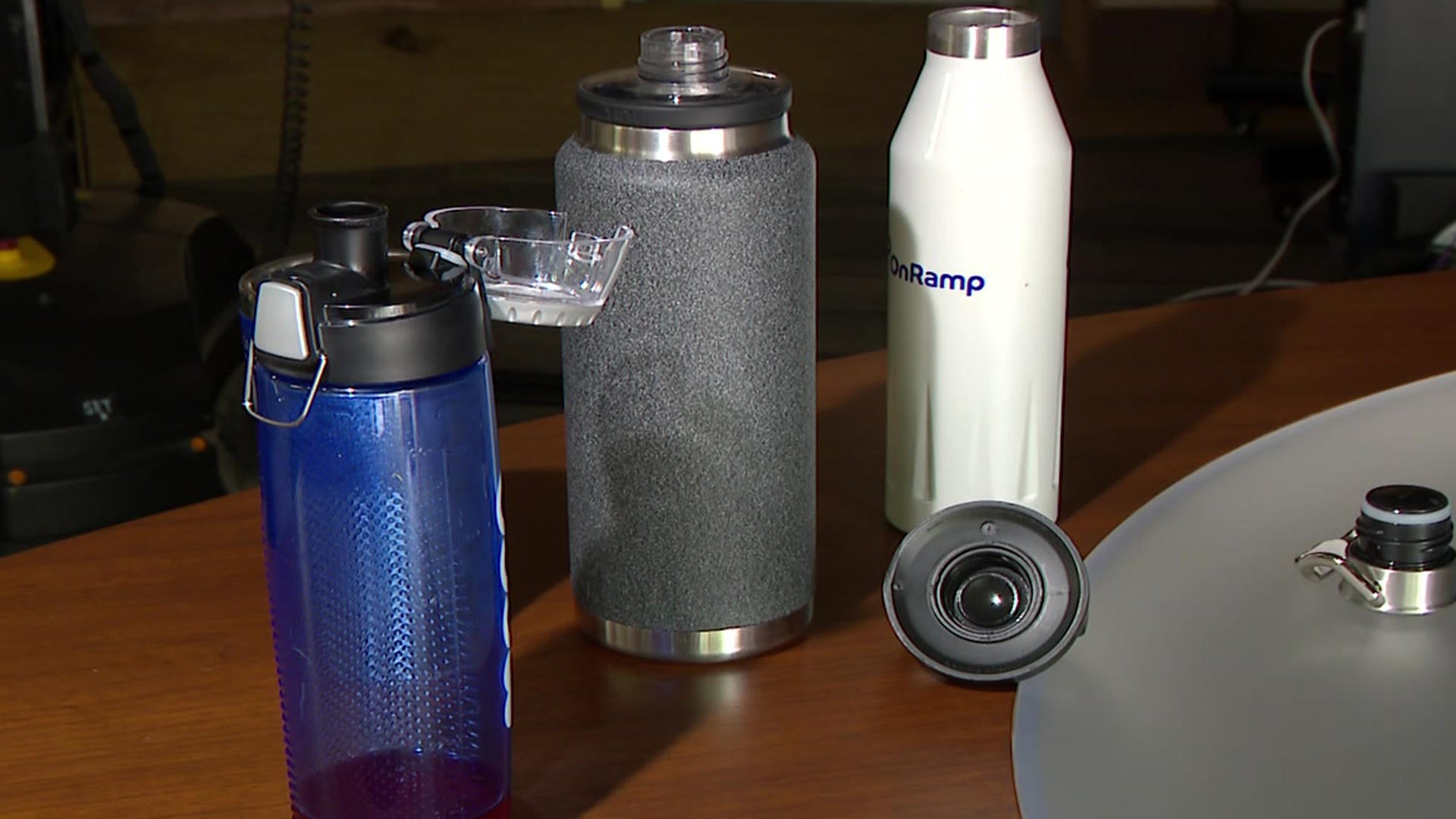Reusable water bottles have more bacteria on them than dog bowls and toilet seats, study finds
MINNEAPOLIS — A survey found that more bacteria is lingering on your reusable water bottles than can usually be found on a toilet seat.
The survey, by WaterFilterGuru.com, had scientists swab common household surfaces for comparison. The study found reusable water bottles had:
- Five times more bacteria on them than a computer mouse
- 14 times more bacteria than a dog bowl
- 40,000 times more bacteria than found on a toilet seat
That same survey found 62% of people clean their water bottles at least once a day, 25% clean them a few times a week and 13% clean them just a few times a month.
Amy Johnston, a University of Minnesota Extension educator who specializes in food safety, says you should wash your bottle daily, whether by dishwasher or by hand with warm water and soap.
"That's just going to prevent any buildup of bacteria," Johnston said.
Which part of the bottle is most conducive to bacteria growth?
"All those little nooks and crannies are where bacteria are going to want to hide," Johnston said.
Straws, nozzles and sipping points need the most attention when cleaning, so much that Johnston advises people to do so by hand to ensure nothing's missed in a dishwasher.
People should also let water bottles air dry completely after cleaning. That will help prevent mold growth.
In addition to cleaning, Johnston said sanitizing should be considered. There are several ways to do that. One method is to submerge the bottle and components in extremely hot water, at least 160 degrees, for about 30 seconds. You can add vinegar or baking soda to the water as well.
Johnston says sanitizing is more important if you use other drinks besides water in the bottle. She says bacteria can multiply in number quickly, doubling their amount almost every 20 minutes.
Touching the lid with dirty hands and rising temperatures can accelerate bacteria's growth. So too can the type of liquid left behind.
"A sugary drink, or any kind of flavoring component, those sugar and flavor components can be food for bacteria if there are bacteria present," she said.





